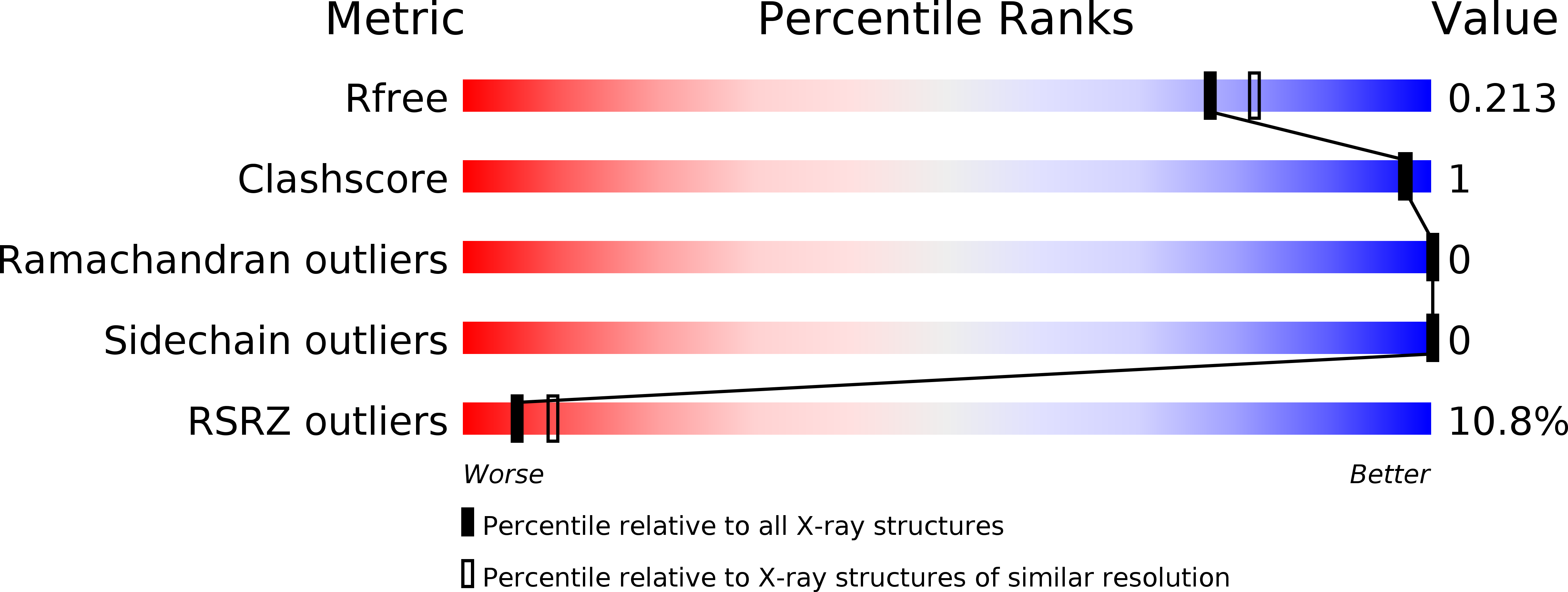
Deposition Date
2017-07-28
Release Date
2017-09-06
Last Version Date
2023-11-22
Method Details:
Experimental Method:
Resolution:
1.96 Å
R-Value Free:
0.21
R-Value Work:
0.16
R-Value Observed:
0.17
Space Group:
P 61


